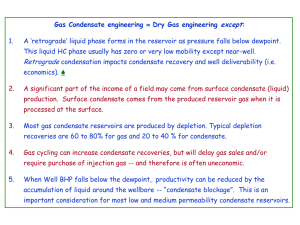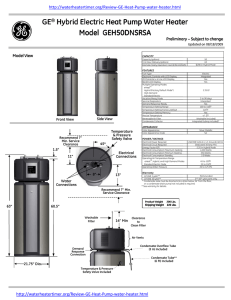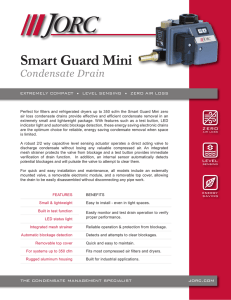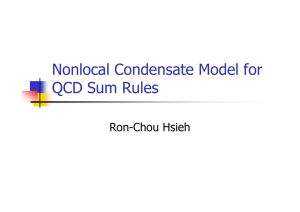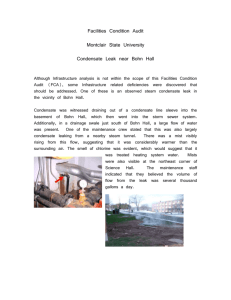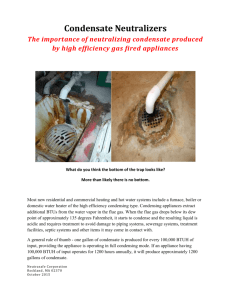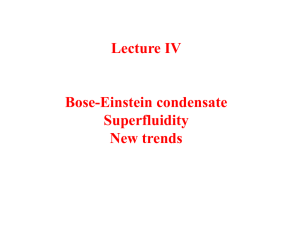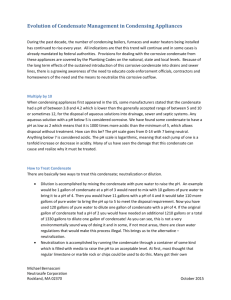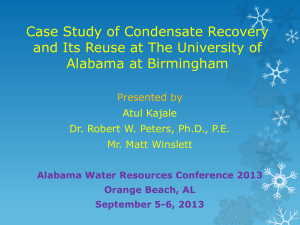Document
advertisement
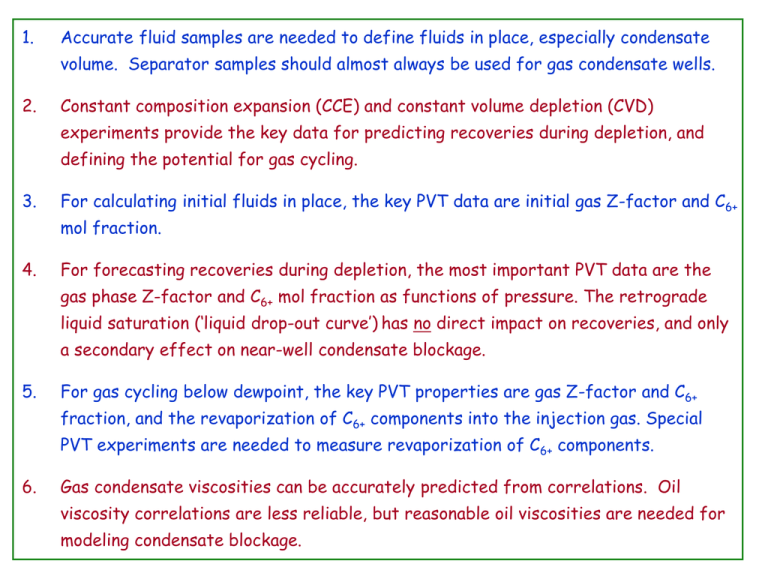
1. Accurate fluid samples are needed to define fluids in place, especially condensate volume. Separator samples should almost always be used for gas condensate wells. 2. Constant composition expansion (CCE) and constant volume depletion (CVD) experiments provide the key data for predicting recoveries during depletion, and defining the potential for gas cycling. 3. For calculating initial fluids in place, the key PVT data are initial gas Z-factor and C6+ mol fraction. 4. For forecasting recoveries during depletion, the most important PVT data are the gas phase Z-factor and C6+ mol fraction as functions of pressure. The retrograde liquid saturation (‘liquid drop-out curve’) has no direct impact on recoveries, and only a secondary effect on near-well condensate blockage. 5. For gas cycling below dewpoint, the key PVT properties are gas Z-factor and C6+ fraction, and the revaporization of C6+ components into the injection gas. Special PVT experiments are needed to measure revaporization of C6+ components. 6. Gas condensate viscosities can be accurately predicted from correlations. Oil viscosity correlations are less reliable, but reasonable oil viscosities are needed for modeling condensate blockage.
